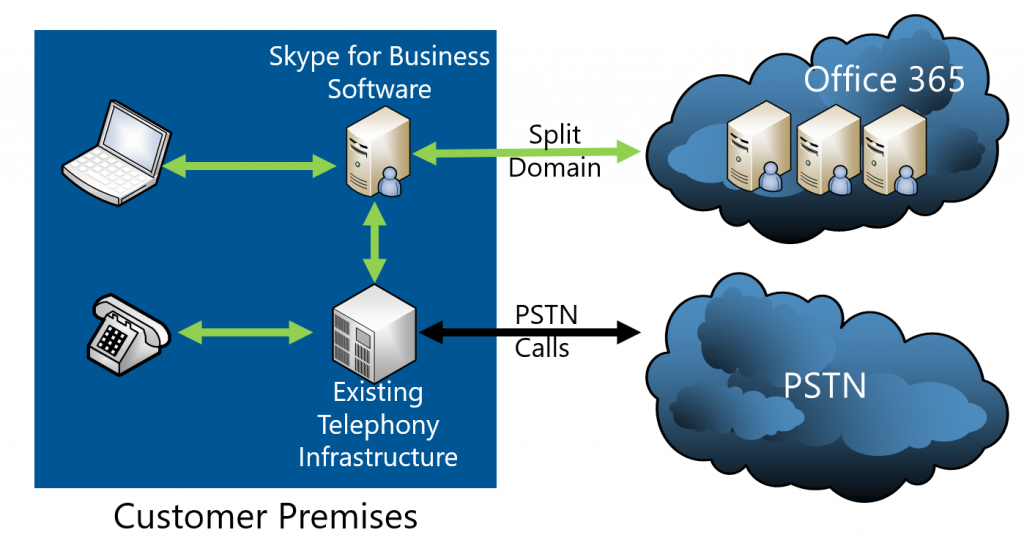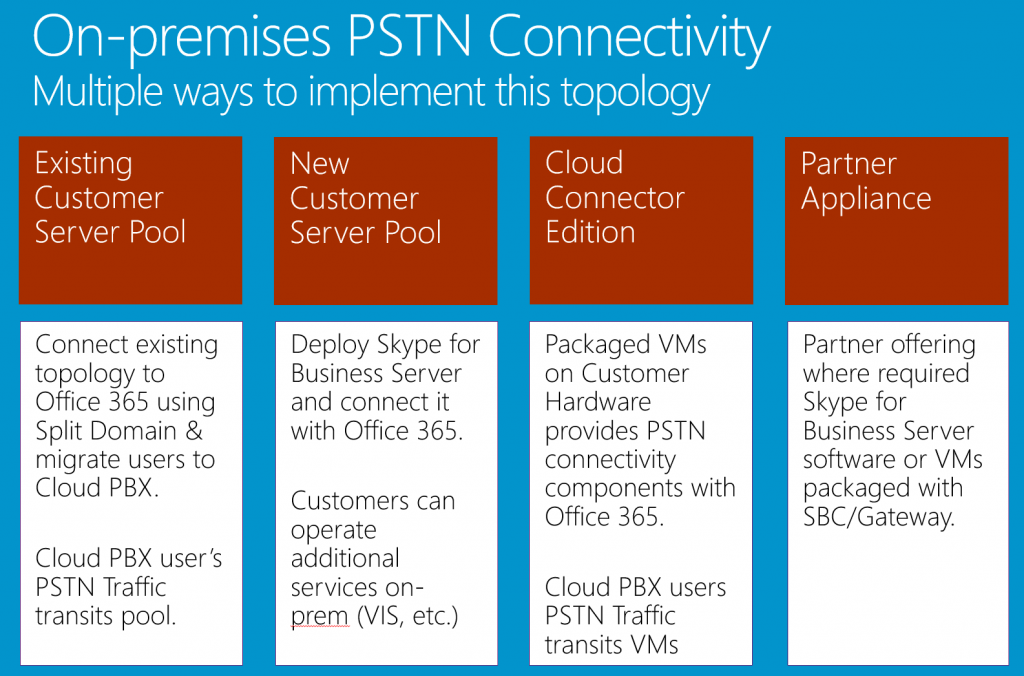Moving your Telephony to the Cloud (Part 2 - Hybrid Voice)
Each day, I am blessed to have the opportunity to help our great customers solve their business challenges to achieve more.
In the previous post, I shared how I was working with a customer to provide telephony in the Cloud with Office 365. These capabilities (Cloud PBX and PSTN Calling) are great if your users are located in the countries that Microsoft provides these services. Currently, Office 365, provides telephony in 5 countries (US, UK, France, Spain, Puerto Rico).
As I worked with the customer, they shared that they have offices in Asia. To support the customer's offices in Asia, we proposed a Hybrid Voice Architecture. 
With the Hybrid Voice Architecture,
- For the users in the countries that Microsoft provides Cloud PBX and PSTN calling, then you can provide telephony to those users entirely from the cloud.
- For the users in countries that Microsoft doesn't provide telephony service, we need to integrate with local telephony providers to provide telephony for users in those countries. These users can still be in Office 365. However to provide phone service, we need to connect with local telephony services.
To connect to the local telephony services, we need to place some infrastructure on-premises that will connect Office 365 with the local telephony services. Microsoft provides multiple options to provide this local infrastructure.
 Option #1: If you have Skype for Business or Lync 2010/2013 on-premises, then that infrastructure can be leveraged for the Hybrid Voice connectivity.
Option #1: If you have Skype for Business or Lync 2010/2013 on-premises, then that infrastructure can be leveraged for the Hybrid Voice connectivity.
Option #2: You can deploy Skype For Business infrastructure to provide the Hybrid Voice Connectivity.
Option #3: Microsoft provides a set of 4 virtual machines that can be loaded onto Microsoft's HyperV environment to provide the hybrid connectivity. [Note, these VM's are currently only available on HyperV]
Option #4: Third party partners have built appliances to provide this hybrid voice connectivity. For example, Audiocodes Mediant CCE appliance hosts the Skype Hybrid Voice components as well as interfaces for E1/T1, Analog, or SIP trunk integration.
If you would like more information on designing a hybrid voice architecture for your company, please reach out to your local Microsoft team or Microsoft partner and ask for help in designing a Skype For Business Hybrid Voice architecture. I have also listed some additional resources below.
Additional Information